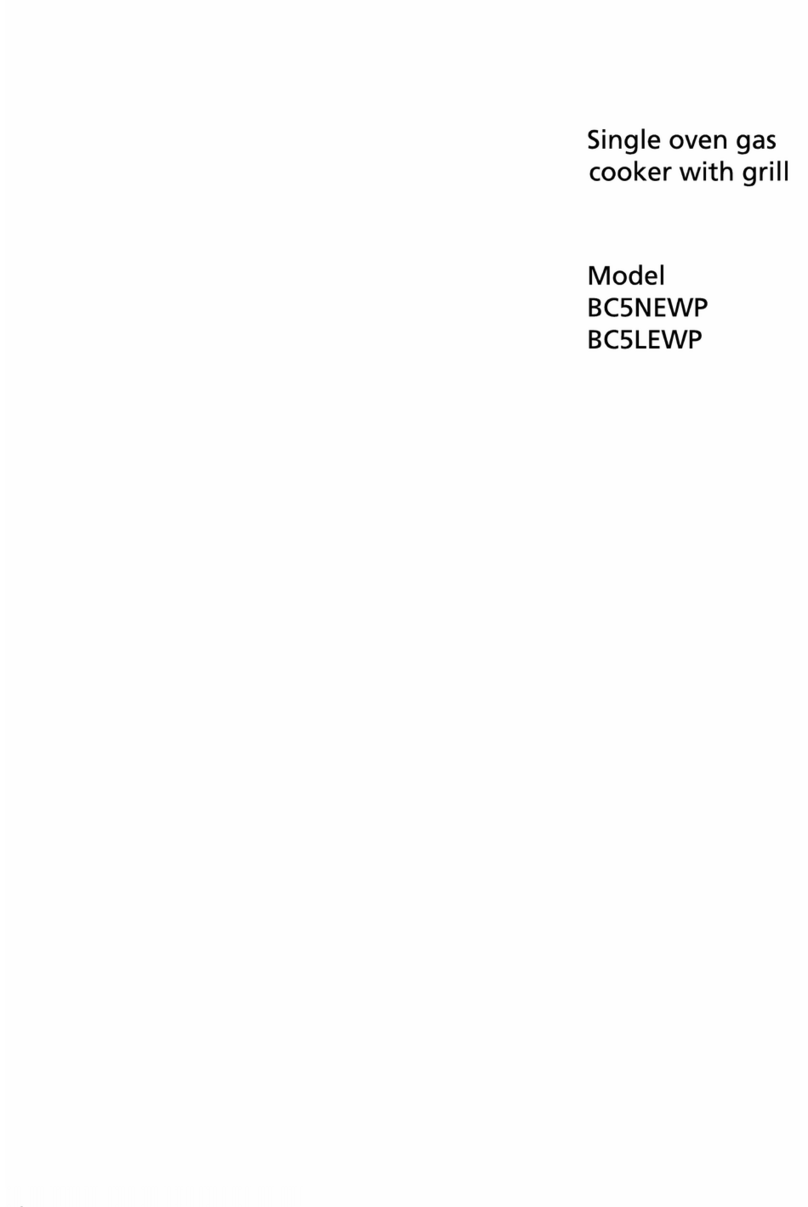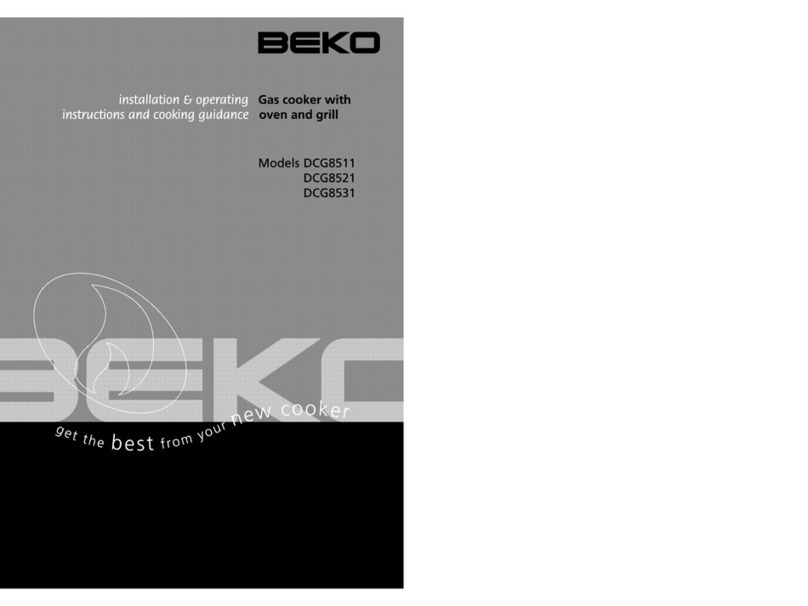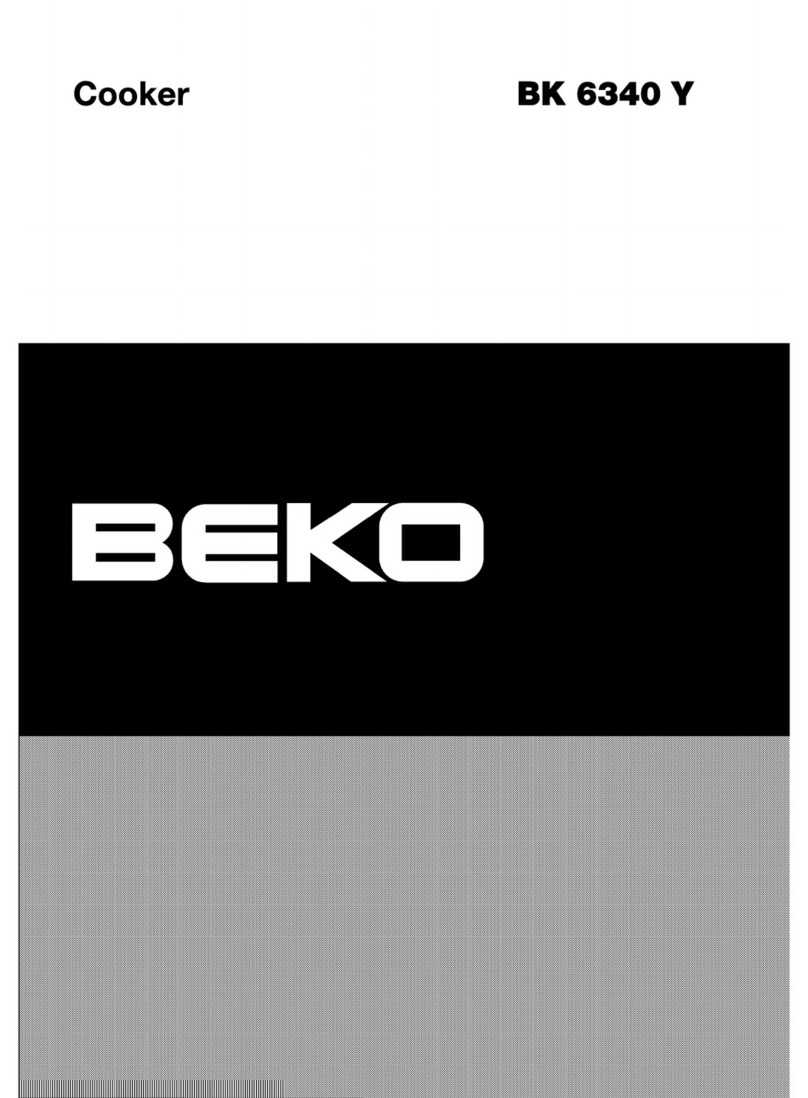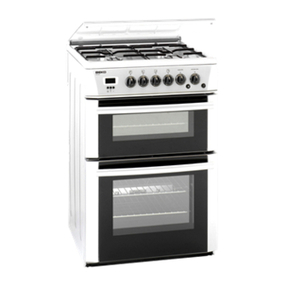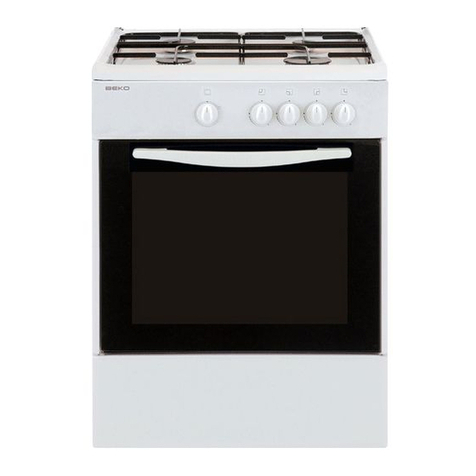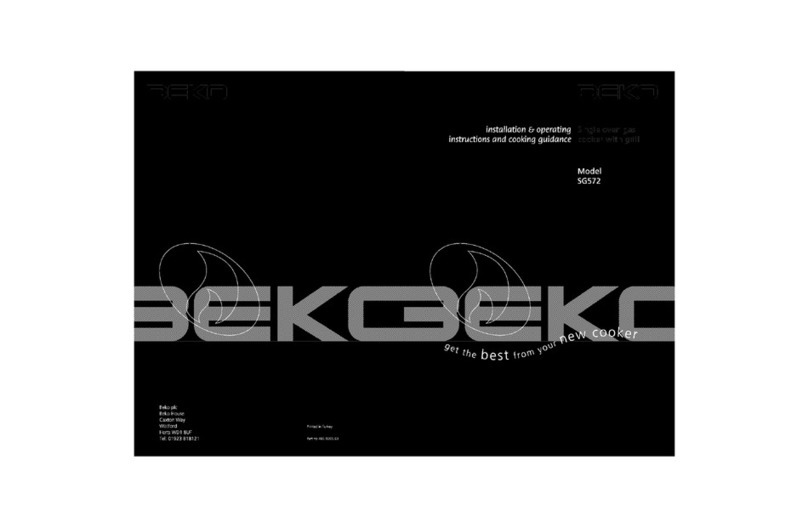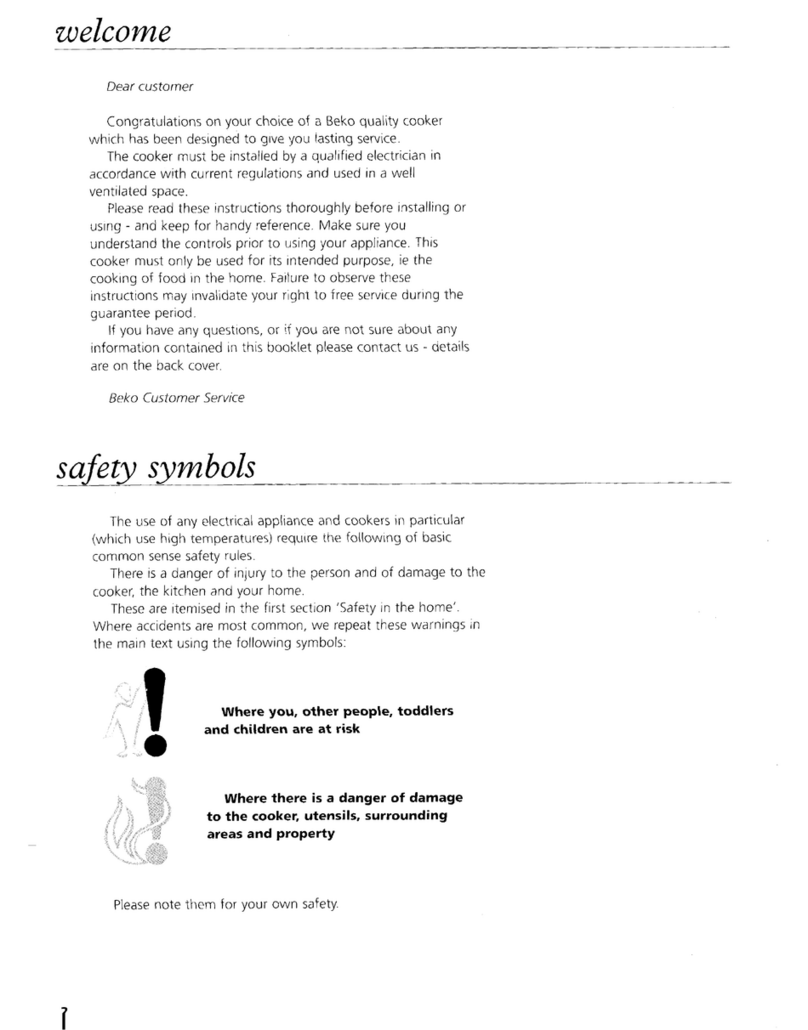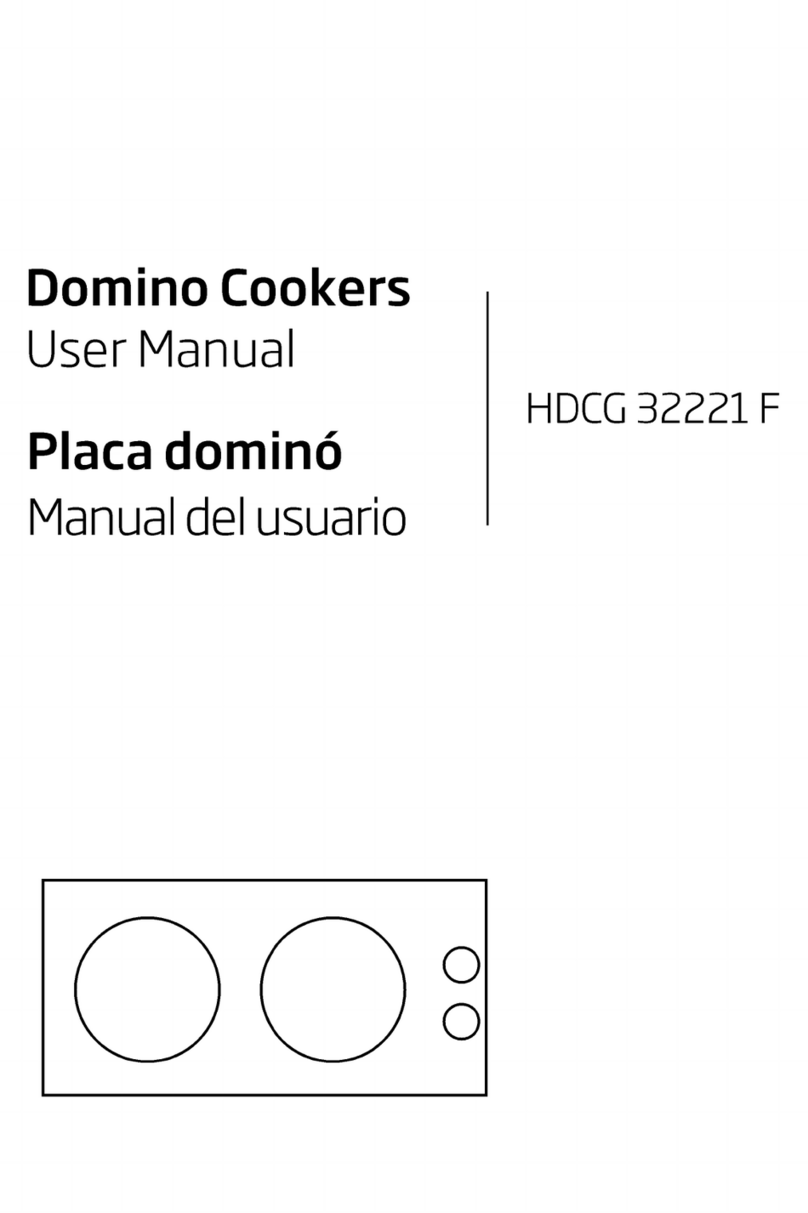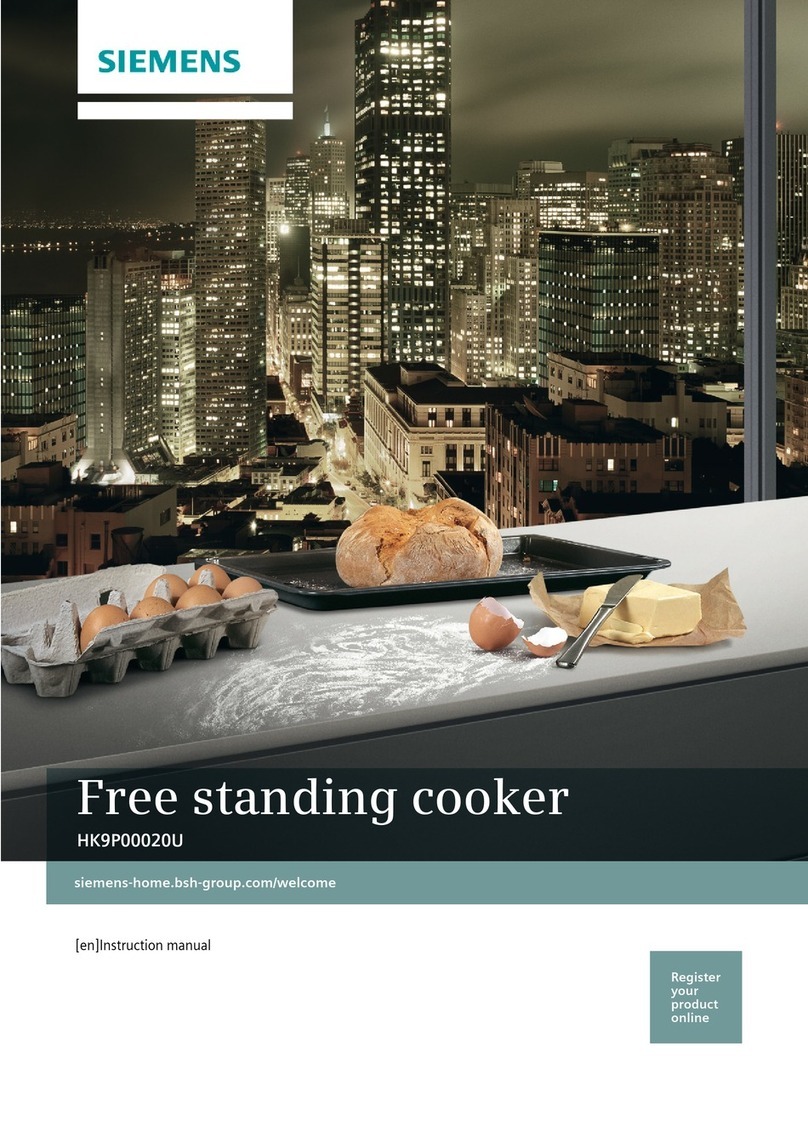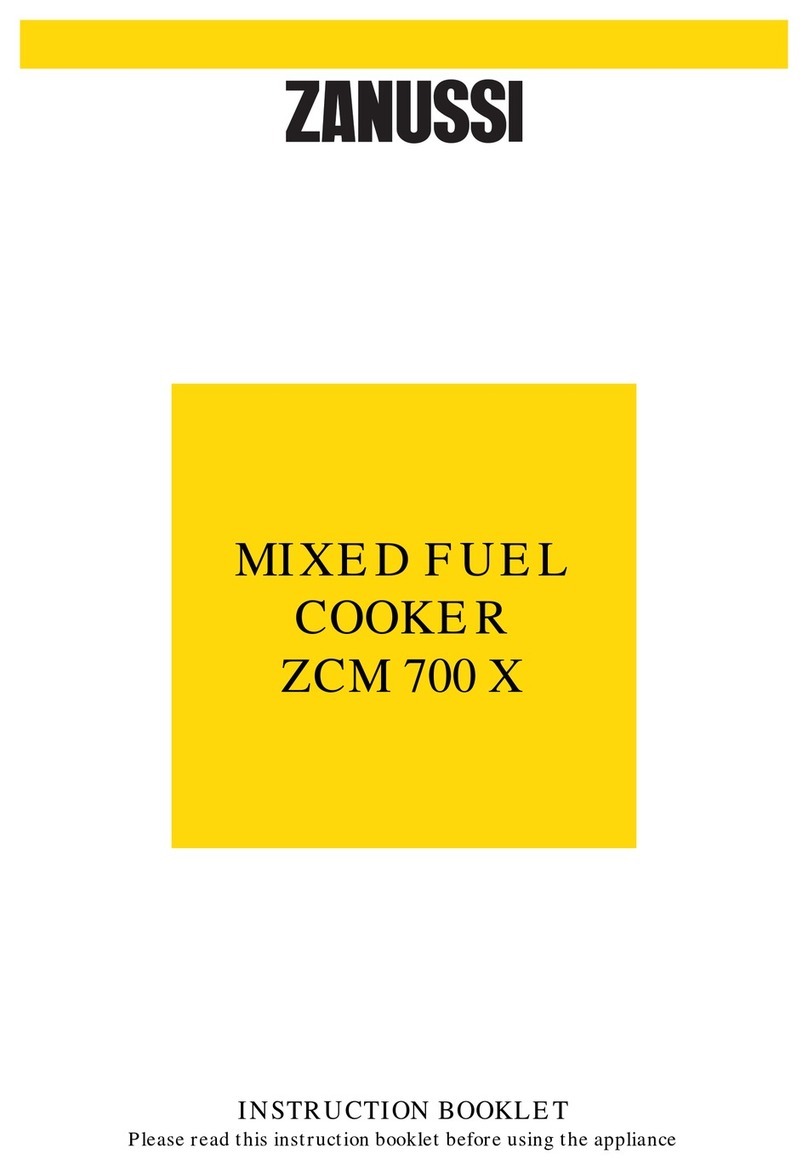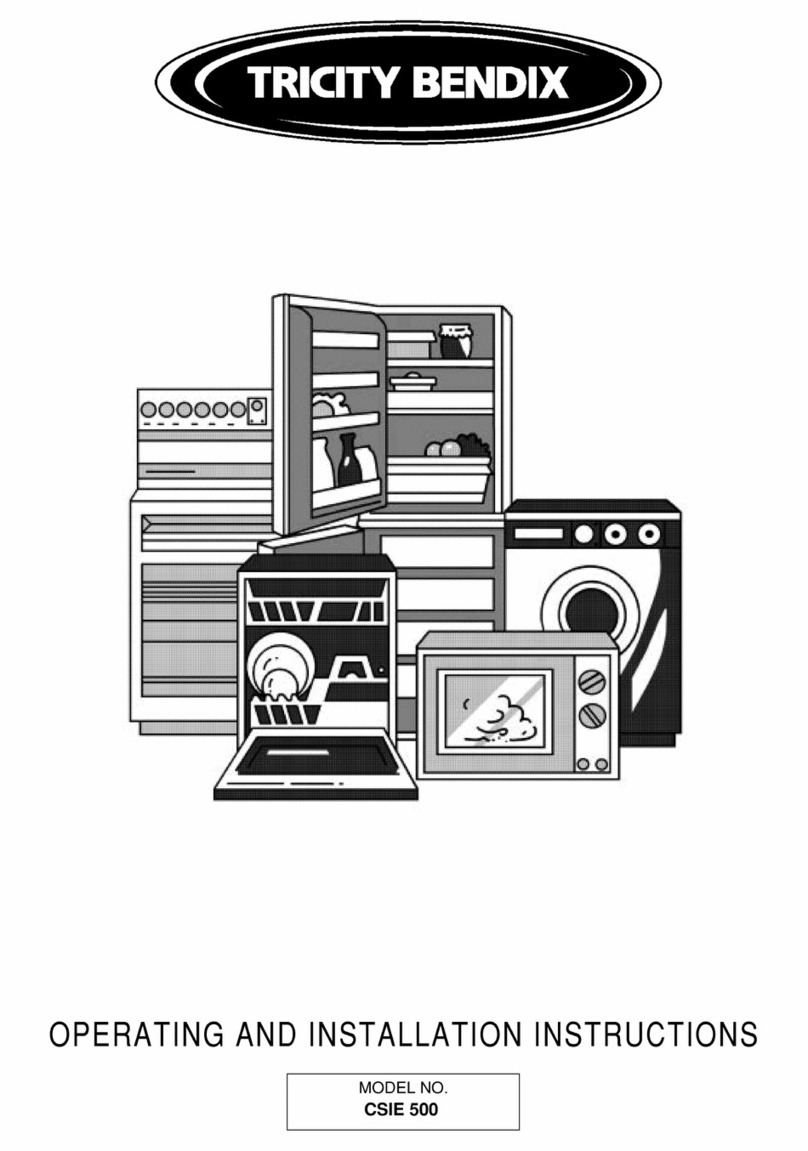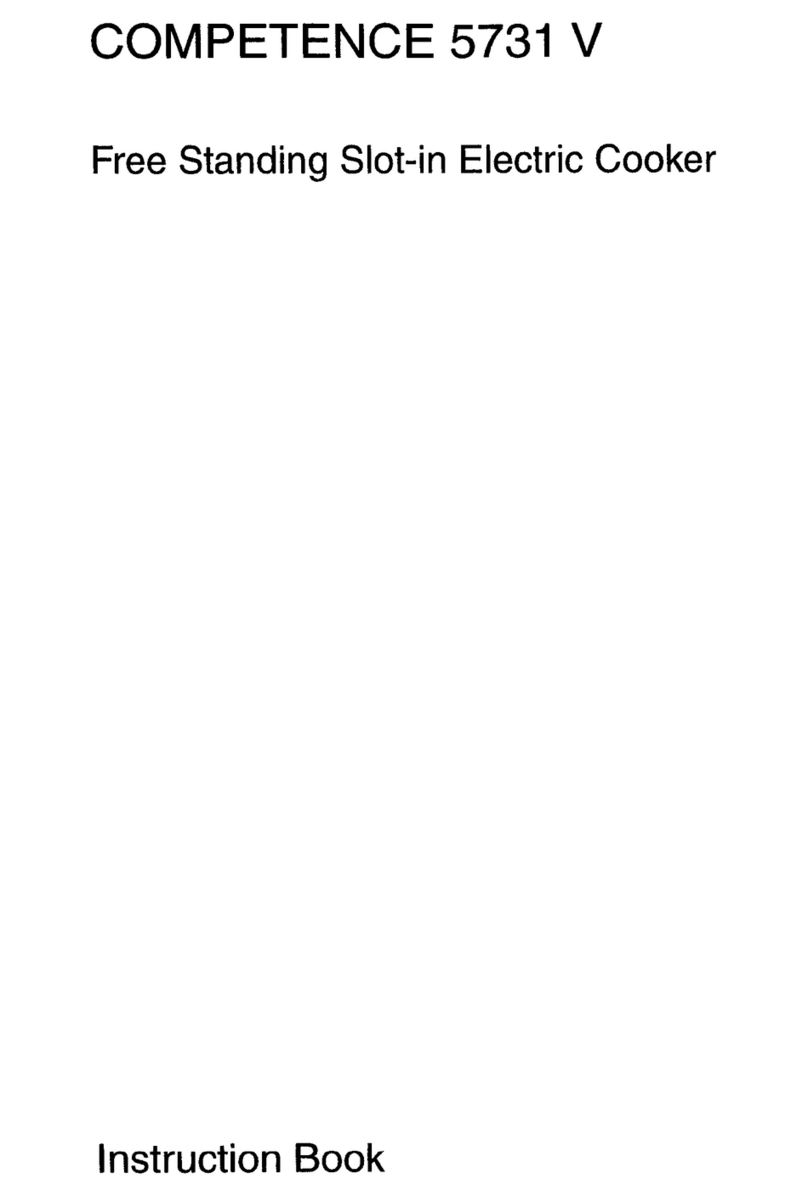
i
i\a
iifiii
i
Si
h'fi'::
S:
i
i
1
3
iiili
|BSl&iSSK8^C
friaV:‘ssT?a‘:^*|i
^jiwgSgw
iili
sisslsaoi
:iVS;?S;Ki
iiili
n'saVfaW'i
Iiili
issiBsbsebisis^bi
iVaV::
Sf:
Wj
gj
i
iiTsS^i
iBs^i^r^ssBri^
:W«V:‘sfeisj‘:Va;;ia
Si;fSfe|fe
‘
5
^iga|*&
iwg§Kw
'^Isa^^ss:
SSSB^Sr^
5
a;;tt;i§feft
^Bsaia»fiSB;;Brjsit^si>Bsai^isa{s^!arsiB;sB;^K^idlil^j€^SB^^p
9
iB;>l^i:
:
:;•
fife:'^‘i?SHaV;:
SiViaV:
Sii'^'iifl
;fafeeViVsiVs
iV:‘fifei'^‘i?Sfe«i:':Vs
:
>H
ss
ii]
1
82
!»
i
ill
|:bWSJH
sjflWsWj
Ji‘aVia"i
s^sSkI
iiaks!^
'is|W|y%
«|Ws«|S
'SiW&p
«
.
"S
«
Wa..
H
MS
Im
€i|i|
iPiiP
lEI
SV:j
ilia'Katii
Bin
^S
i::
S:
:
?:
ja
“
fife:
iigi'Ma':::
afel
5
S|‘i;ai:
^
i
'•sa";:
fifeiia:
;afe^a
liiK
Sip
3ili
f|il
•iaV:«:«^a
^^^fifeii
•^sgWj
Hill
[ssSiSl
;?•
It;
iSsi
jlsUK
11^
••sgglfiliissi^iTijfei^ijtSKaVi
iViKirfifeiKslilsiKia
sJ;i§Si:?
5
^
iiplp^
y|iil|i^
^sISkS;
'}§
5
*;§
5
?i
3
^ij
itipi
nsS'JSBl
i^jtilfeij
pi|S|y|
i^§?;|t*ij
irDli^O
ij^gsi'ajn
;il
ill
iiiil
Hill
lilflili
iiili
inst
ullfllk
m
h
opei
ruling
m
&
m
iaistsslji
^ka:j
:;SS:;:|fi;^j
Pill
sis
82
1
instructions
und
cooking
guidance
nil
iiiiliii
Illiiii
Iili
Bil
Iiili
IHili
iiili
111
iiili
liiill
iiili
Mil
Sill
Hi
Hill
Bil
111
isSlBStil
Iili
;Ka?:S:iiSi?$|^
ajia
5
:;S"::fS
•i*S::a;:;j
:;Si':;|t':^j
iVtSttaVij
siitaKfai
:;S|fe:|fe?S
5
:;S;;^a
S|::S;:jfe
'iiaKStiis?:
'i:;«;;S;;'ij
”}a;;|t;:j
••iat'Sfe;:;
82
PiPil
iBiil
Iiili
iTs
5
il:S?:;il
liiH
MB-
liipt
SB
iipi
51
p
B
Pli
fi
Si
Iiili
iWa*?fifeh
Sip
l\'
82
•T
82
:
K
a":
:a:|:a
ai:S
5
::S"::js
ii:a;:SV:i
j|:ar:«Wj
[;S
rr;a';;«V::
[•<a;:fife|j
'sr;;S";ijfe
aV:;Si;fS
|aSsi'|s;i1^s<l^
^jsSsi
j^ilsl&jf
Ks^sSiai
iiii
iili
fSUwsiMu
js^B^jf
iissgSiai
111
iiili
^l«K©Sy
jcSIs'^il
III
i*;S?iai;i;^i?
55
i
|S^iStK“KTS
j:Si;j&ij
Siii
ti'S'iijt
aii;a*:aV|
VagS|^ij
i|J|
5
g|fi|ij
ijjljgifeij
^2
iH
82
82
”^
3
Sni
ij?5
Wsay
u!«nS!:*i
i«
5
>s:S:!U
ISassli
i
^*ils
sSa
i
82
P
!i^*?S3i
mil
:;}R;;|t|:i
a::?S;;j«':
:;ja?:|i:'*:;
SitiStiffe
St:?St:§S
iSliJi^iS
mil
••jaVilfeij
i;Si?i‘|i:;':'j
iliil
i*jia?;|j:;:‘
8?
i:\
|Kg!{afi:!sl1i«:;
iWa*:&|s«jiav
iili
:|‘a\iarfi
iiili
fiSsitsWi
i|s|;|'.|^i?
liiill
i^asi^is
Sii
lis
Bil
Bill
nil
mil
liSif
nssssfd
iiii[
i'^Bfifeii
iiili
i•^a!i'fifei
5
sH
82
a
»jil§g§>i
V
\
S
5
jg§Kg^
w^feMw
feiiSgiS
V:^
3
§|i
3
§ij
IjsIbSjb;
82
82
82
85
iriasnsa:
wfi
:!fa?i5sr^Vii
*ivss:sa*!:a^S!i*Ssjfi
:Vaaf!:s>i
5
^Ss“i
!
i
:sUsK
is:
:*:s:!S£!ia!tSK!a:!2SKfiris^!l
f^e
bGSt
iTO'^
o
Beko
pic
Beko
House
Caxton
Way
Watford
Herts
WD1
8UF
Tel:
01923
818121
Printed
in
Turkey
Part
no,
285.9204,69

